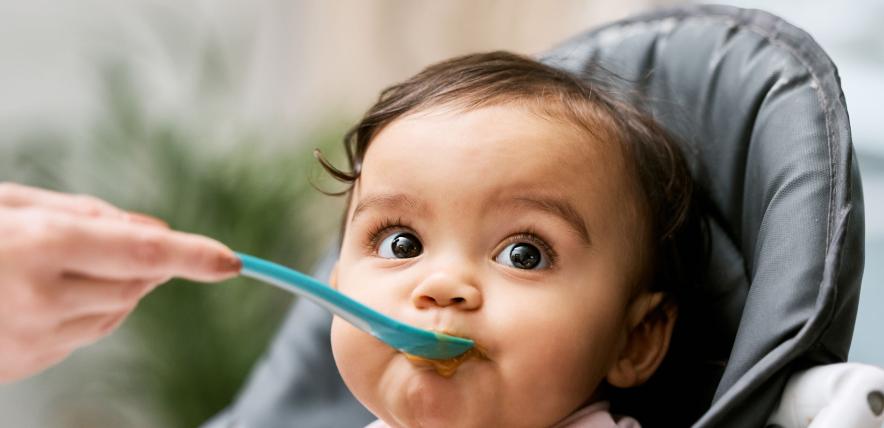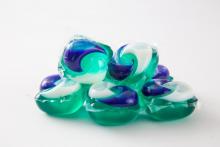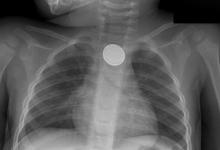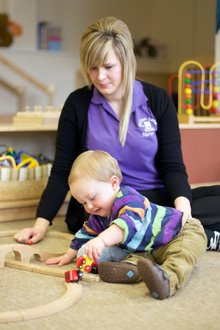There have been a number of reports on social media and in the press about a recent incident involving silicone feeding bowls: a baby feeding themself placed a silicone bowl, like the one pictured here, over their face, and the bowl formed an airtight seal across their mouth and nose.
When a vacuum is formed in this way, it can be difficult for the parent/carer to remove the bowl which in turn causes them both to panic. Whilst no fatalities have been reported, incidents such as this are potentially dangerous and extremely frightening for the parent and baby.![]()
How can this happen?
Silicone feeding products are popular due to their durability. They do not crack, will not break if dropped and are more tactile for little hands. Feeding bowls made of flexible silicone are often the size and shape that is a perfect fit for a baby’s face. The smooth, rounded shape and shallow depth to the bowl act like a sink plunger, forming an airtight seal across a surface. Babies and toddlers naturally explore by bringing objects to their mouths. When they breathe in, the bowl can create an airtight vacuum seal.
What can be done?
Never leave a child unsupervised
The most important safety measure that can be taken is adequate supervision at mealtimes. Babies and toddlers should never be left alone while feeding themselves.
Choose your product carefully
There are many different products available. Some have suction cups on the bottom to secure the bowl to a tabletop or high/low feeding chair tray. These are a safer option but can still come loose from the table surface. Other styles of silicone feeding bowl have a lip on one side that would make it difficult for a seal to form – this may be safer; however, there is no evidence to support this.
Raising awareness
There are currently no official warnings issued about the potential dangers of silicone feeding bowls. The Alliance has contacted the Child Accident Prevention Trust to raise awareness and request that further investigations are made and if necessary, advice is issued to parents and carers.
Katrina Phillips, CEO, Child Accident Prevention Trust said:
“We are aware of two cases involving silicone feeding bowls. The recent case in the US appears to be the result of poor design of the bowl.
“We are looking into product safety issues for silicone bowls on the UK market and will advise as soon as we have more information. In the meantime, we echo the advice given here about the need for constant supervision when babies and young children are eating.”
In the meantime, we would urge caution and remind parents and carers of the importance of supervising young children at meal and snack times.
Mum issues scary warning about kids' silicone suction bowls (msn.com)







